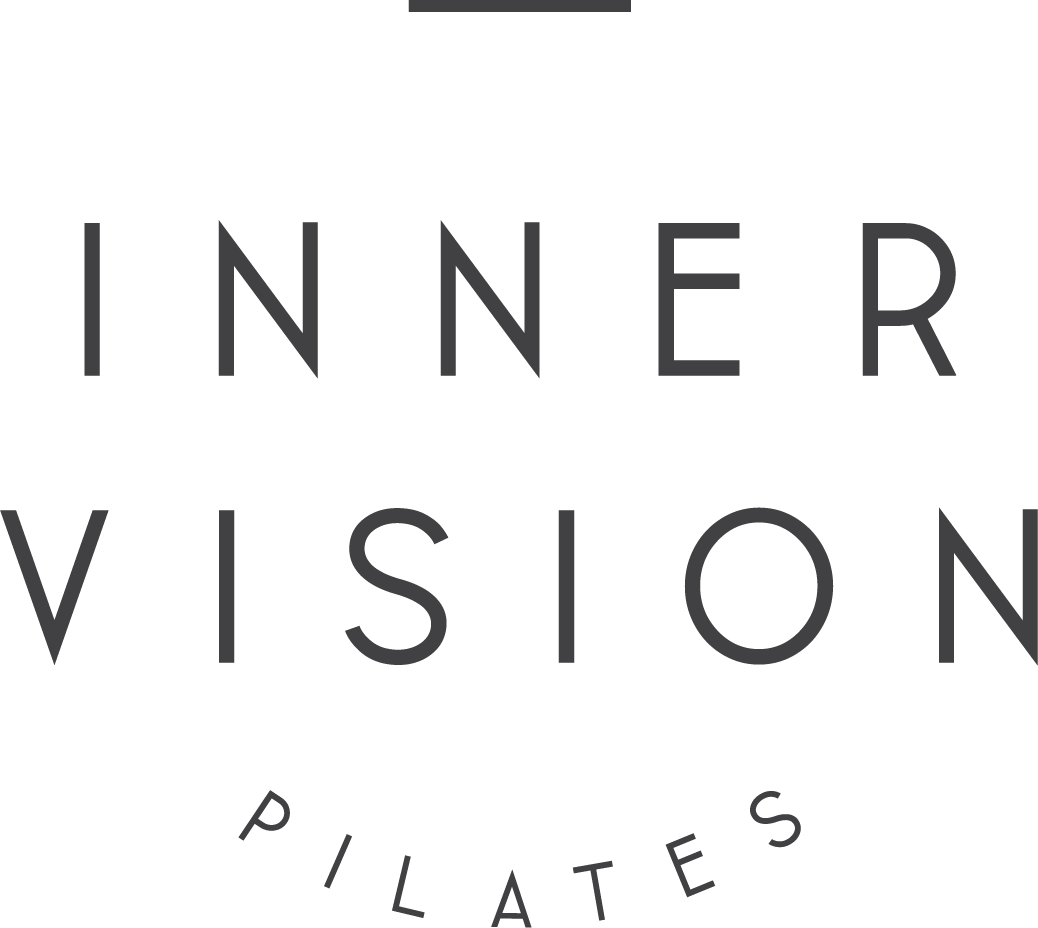Do you really need to stretch?
Stretching, that glorious feeling of your muscles feeling like they’re going to snap as you blink harder and start to hold your breathe because its hurting so much… especially after leg day….
However, when done properly, stretching is one of the most beneficial aspects of your training regime - once you’ve remembered to breathe!!
What are we are doing when we stretch?
The act of stretching is just what it sounds like, pulling a muscle from both ends (origin and insertion point) to release tension and tightness.
When muscles are tight the connection between the muscles and joints is thrown out of balance, because then those tight muscles pull the joint too much in one direction, keeping the muscles out of alignment. Boo!! not good!!
So how do we stretch?
Types of stretching:
There are several types of stretching methods recognised in the scientific literature, here are three:
Static stretching, which is probably the first one that comes to mind when you hear the word ‘stretch’. This method involves holding a pose for about 15 to 30 seconds to the point that a muscle stretch is achieved. Static stretching is particularly helpful after exercise to increase circulation around the tired muscles and release any built-up tension. Inner Vision Pilates clients will be familiar with static stretching, where your instructor will cue a static stretch for the major muscle group worked that day – such as a glute stretch on the footbar, held for approximately 30 seconds on each side.
Dynamic stretching, or active stretching, is about moving the muscle through its full range of movement. An example of this would be doing big arm circles to warm up the shoulder. You will have seen athletes undertaking this type of stretching before a game, to flood the muscles with blood and oxygen, warm their body temperature, make the muscles more pliable and elastic, and improve range of motion (ROM), coordination and power.
Proprioceptive neuromuscular facilitation (PNF) stretching, is a combination of contracting and stretching a muscle. This type of stretching is often referred to “contract-relax”, as it requires the muscle to be contracted to between 75% to 100% of maximal contraction, then held for 10 seconds, before relaxing it and then moving deeper into the stretch position. Resistance can be applied with the use of an elastic band, strap, or that magic circle we love so much at IV Pilates! (that magic circle of stretchy goodness)
An example of Contract-Relax is a hamstring stretch, using a band or circle. First place the hamstring into a stretch, contract the hamstring without moving for 10 seconds before relaxing the hamstring into the stretch on an exhale and moving deeper into the stretch.
What should I target when stretching?
Key areas to focus on stretching will always be dependent on how you feel in your own body – what areas are feeling tight and what muscle groups you are will work, or have just worked. Inner Vision Pilates instructors cue a relevant stretch prior to class that targets a muscle group that is going to be worked that day.
I know personally I have tight glutes, hamstrings, and hip flexors, so I try to focus on stretching those muscles as often as I can – especially prior to working out.
To keep it simple, you can focus on stretching muscles around the major joints in the body:
Hips are a big one to keep stretched out, which you can do with:
Glute Stretch
Hip Flexor Stretch
Hamstring Stretch
Quad Stretch
Upper body we can look after with:
Chest Stretch (Pec muscles)
Triceps Stretch
Shoulder Stretch
Neck Stretch
Bicep Stretch
The Bottom Line for stretching
The obvious benefits of stretching are increased ROM and flexibility, but we can also get the bonus of increased circulation, improvement in posture and alignment, potential reduction in aches and pains, stress relief, and just a quiet moment to yourself to be calm after a busy day.
In the rush of our busy lives, at the very least we should aim to choose one stretch pose to hold for 30 seconds each day. That is ONE MINUTEout of our day if we’re talking arms or legs.
Booking in a reformer stretch will ensure you commit to the whole 30 seconds - for a yummy half an hour!!
We hope to see you in the studio soon :)
Happy stretching!
